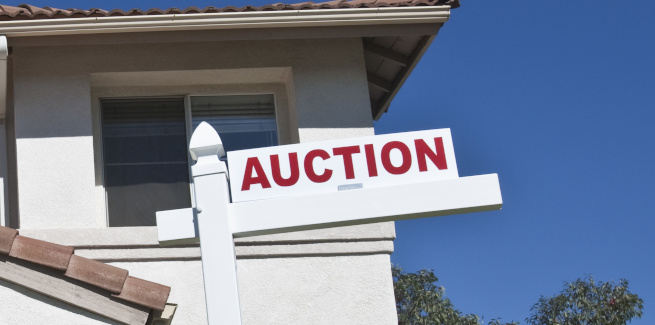The Housing Industry Association (HIA) has reported a 1 per cent month-on-month increase in new home sales across Australia in February to around 9,100, following a period of declines since October 2017.
According to the HIA’s New Home Sales report, which is based on a monthly survey of the largest volume home builders in the five largest states, South Australia (7.5 per cent), Western Australia (5.1 per cent) and Victoria (2.5 per cent) were the only states to experience a rise in new home sales in February.
The sharpest fall in new home sales was seen in Queensland (-5.5 per cent), followed by NSW (-1.7 per cent).
HIA chief economist Tim Reardon said: “New home sales had been at elevated levels for a number of years until they began to cool at the end of 2017.
“More recently, the market has entered a significant downturn as other factors – regulatory restrictions, credit squeeze and falling market confidence – have accelerated this downturn.”
These market forces have been attributed, in part, to sales dropping by 18.1 per cent in the three months to the end of February 2019 when compared to the same period last year.
Approvals for new homes were also 8.1 per cent lower in the December 2018 to February 2019 quarter, when compared to the figures recorded a year earlier.
“With these lower levels of sales and approvals, the building work in the pipeline is being completed rapidly,” Mr Reardon said.
However, the HIA expects the downward trend to remain “well above the long-term average as long as the effects of the credit squeeze start to moderate and sales pick up over the course of 2019.”
Property research group CoreLogic’s Hedonic Home Value Index also showed that national home values fell by 0.7 per cent in February, driven by a 0.9 per cent decline across Australia’s combined capital cities and a 0.3 per cent drop across combined regional locations.
The group noted that the national decline in home values was two months away from becoming the longest correction in history.
Softening conditions in the credit and housing space has sparked debate among market analysts regarding the cause of the downturn, with some stakeholders, including governor of the Reserve Bank of Australia, Dr Phillip Lowe, claiming that the “main story” of the downturn is one of “reduced demand for credit, rather than reduced supply”.
Dr Lowe claimed that falling property prices have deterred borrowers, particularly investors, from seeking credit.
Bank chiefs have expressed varying opinions on the matter, with Westpac CEO Brian Hartzer agreeing with Dr Lowe’s comments, pointing out in a parliamentary hearing that in Sydney and Melbourne, there was a “very substantial run-up in house prices over the last five, six, seven years”, and so people who purchased their homes four to five years ago are “still well ahead”.
Mr Hartzer said Westpac is not too fazed by the fall in house prices and that it would be more concerned if there was a sudden spike in unemployment.
On the other hand, ANZ CEO Shayne Elliot said in a parliamentary hearing that he believes the downturn in the credit space has been primarily driven by the tightening of lending standards by lenders off the back of scrutiny from regulators and from the banking royal commission.
[Related: RBA confident in borrower resilience]
 ;
;
